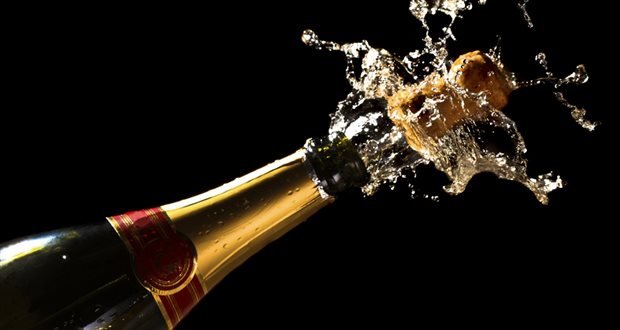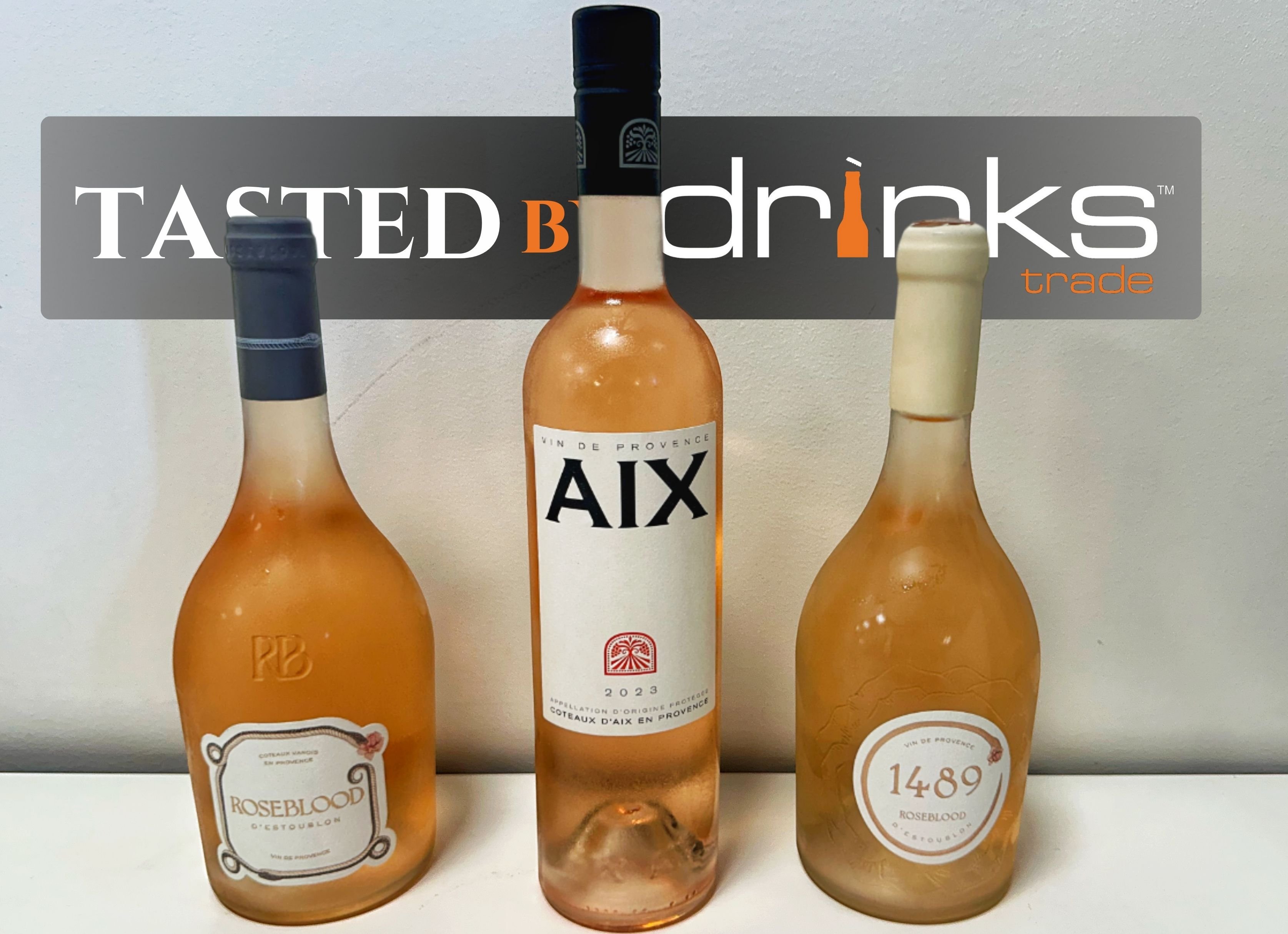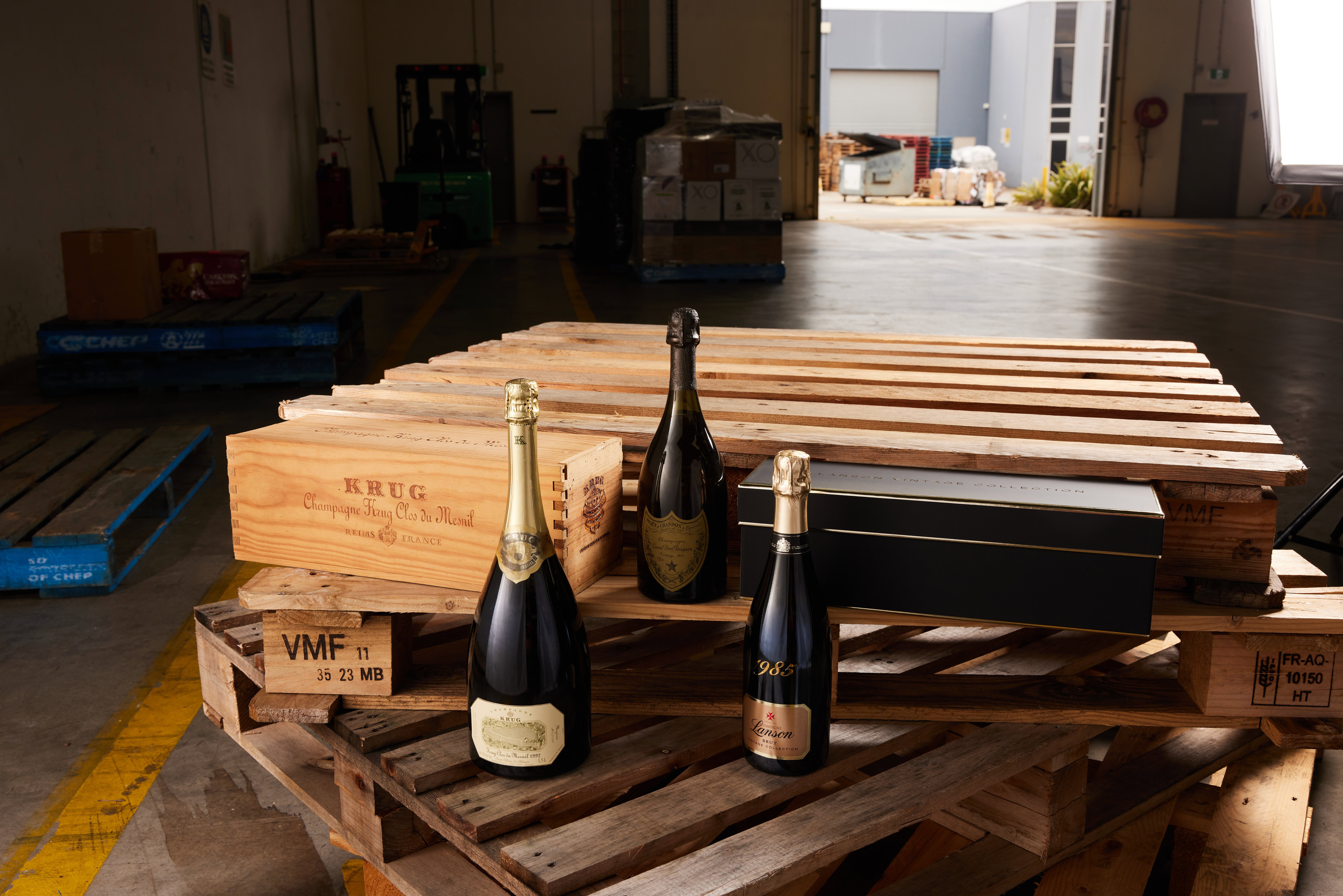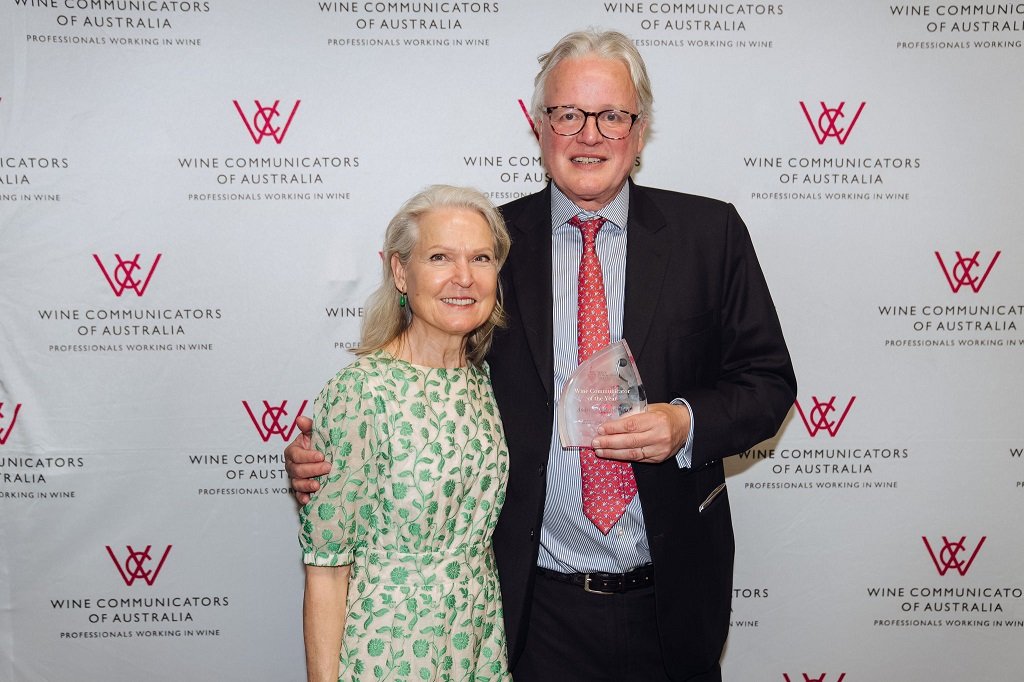It’s shaping up to be another bumper year for Australian prosecco sales, with the grape crush surging 42% this year.
According to the National Vintage Report 2019 released today by Wine Australia, the total winegrape crush for 2019 is estimated to be 1.73 million tonnes, just 1% below the 10-year average, despite challenging weather conditions.
The prosecco crush volume has increased by an average of nearly 50% each year since 2015, mirroring similar sales growth in the domestic wine market, and it is now the 10th largest white variety by production volume in Australia.
However, producers are deeply concerned that EU efforts to stop them using the name “prosecco” will have catastrophic effects on the industry.
Italy wants “prosecco” to be classified as a geographic indicator similar to Champagne and changed the grape name from prosecco to glera in 2009.
The European Commission tried to register Prosecco as a GI in Australia in 2013, but the bid failed after Australia argued it was a generic variety name like chardonnay.
But the battle is back on the table, with Michele Geraci, Italy’s undersecretary of state for economic development, telling ABC News he expects Australia to give up the name as part of the latest round of EU trade negotiations.
He said he was prepared to look at “sunset clauses” for anxious winemakers.
“There would be a transition period where the local producer would have to adapt or adjust because we don’t want to go to another market to hurt anyone specifically,” he explained.
The Australian wine industry claims being unable to use the term will jeopardise up to $200 million in wine sales within four years.
They say it will also the impact it would have on rural jobs, particularly in Victoria’s King Valley, which accounts for half of the country's prosecco production.
While grape production and average prices are highest in King Valley, at over $1000/tonne, wine businesses are now growing Prosecco across 11 Australian regions.
Australian Grape & Wine defends Aussie prosecco
Tony Battaglene, Chief Executive of Australian Grape & Wine said: “It’s great to see Prosecco being embraced by Australian producers and consumers. Australia has been producing great wine from Prosecco gapes for years, which is why we’ve been working so hard to maintain Australian producers’ rights to grow the variety. “
“We have been disappointed by the efforts of the European Union to protect their producers against any competition through subsidies and cynical attempts to create Geographic Indications of grape varieties.” said Mr Battaglene.
“There’s no question about Australian producers’ rights to produce, label and sell Australian prosecco. Maintaining these rights, and ensuring the investments growers and winemakers have made in the variety are on solid ground all comes down to the outcome of our free trade agreement negotiations with the European Union. We’ve already won the fight in Australia from a legal perspective back in 2013, and we are delighted the Australian Government continues to honor this court ruling and back Australia’s grape growers and winemakers” said Mr Battaglene.
Professor Mark Davison of Monash University’s Law Faculty, echoed these points in a media article earlier this week. In the article, Professor Davison cites research published in the Australian Intellectual Property Journal, detailing that Prosecco has been the name of a grape variety since the 18th century, and probably much earlier.
Professor Davison also put Australian Government trade negotiators on notice stating, “Trading dubious geographical indications for access to European markets is a shortsighted approach that will negatively affect Australian industry.”
Exports of Australian-produced prosecco have risen 400% in recent years, with domestic sales up 50%. The volume of grapes crushed in Australia has increased 300% since 2015.

Rising prosecco sales have contributed to it being a tough year for the Australian Champagne market according to Adam Fry, director of merchandising for Endeavour Drinks.
“What tends to be happening is the bigger brands in around that $50 market are struggling a touch, and either side of that, the premium products are growing significantly, and also the Australian sparkling business and prosecco is growing as well,’’ Fry recently told The Australian.
IRI data points to prosecco as the growing sparkling wine alternative.
“The 34% YOY dollar growth currently recorded by prosecco – which amounts to an additional $26 million in growth – is a telling contrast to the -3% decline in annual champagne sales,” said Bone. “Prosecco’s appeal as a good value and versatile sparkling alternative for all occasions has been further unscored by a -2% YOY decline in price/litre. This contrasts the 4% price/litre increase observable in champagne.”
Share the content










